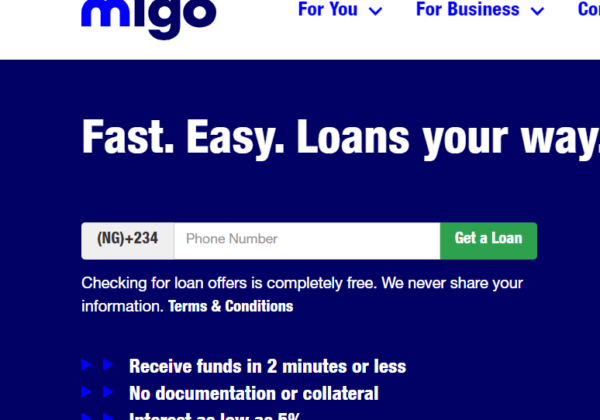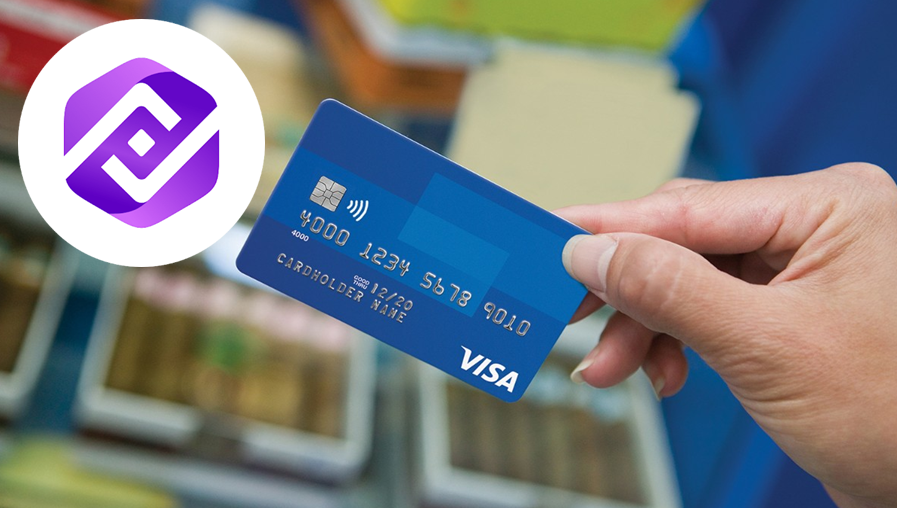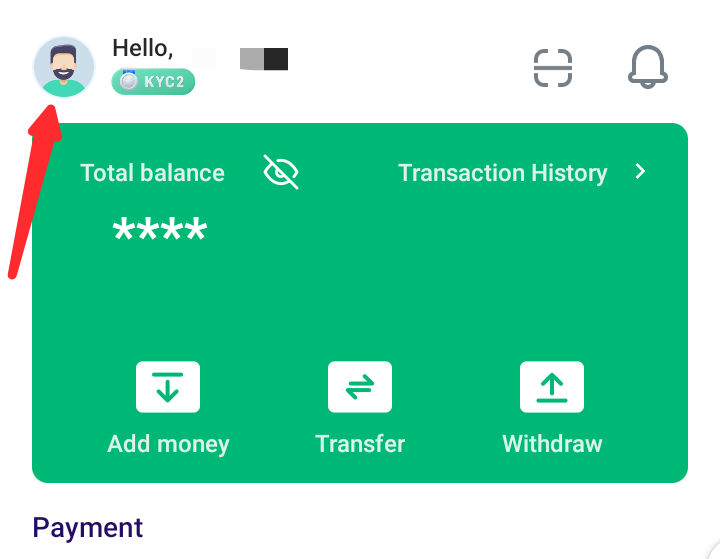Palmpay and Opay are both virtual banks which I have used for more than a year and if you are looking for a comprehensive guide that can show you which of the two banks is the best, I can assure you that this article is all you need.
Both Palmpay and Opay have been providing financial services to Nigeria for years, however, just like we all know there is always a downside to every fintech platform, which is why we will be comparing the features, downsides, etc about Opay and Kuda to pick out the best among them.
So, if you are set like me, Let’s get started.
About Palmpay
Palmpay is a mobile payment and financial services platform that was launched in Nigeria in 2019. The platform allows users to make payments for a variety of services, including airtime top-ups, bills payment, and money transfers to other users or bank accounts.
One of the unique features of Palmpay is its ability to offer rewards to users for completing certain transactions. For example, users can earn cashback rewards for making payments using the platform, and these rewards can be redeemed for discounts on future transactions.
In addition to payment services, Palmpay also offers other financial services such as savings and investment products. Users can create savings plans or invest in mutual funds directly from the app, and earn returns on their investments over time.
Palmpay also offers a virtual card that can be used for online transactions and international payments. The virtual card can be easily created from within the app, and can be used to make purchases from online merchants that accept Visa or Mastercard.
To use Palmpay, users need to download the mobile app from the Google Play Store or Apple App Store and create an account. Account verification requires a valid Nigerian phone number and BVN (Bank Verification Number), as well as a valid identification document such as a driver’s license or national ID card.
Features Of Palmpay
- Easy Sign-up Process: One of the standout features of Palmpay is its easy sign-up process. Users can quickly create an account by providing their phone number and email address, and then verifying their identity with a one-time password (OTP) sent to their phone.
- Fast and Secure Transactions: Palmpay allows users to make fast and secure transactions, including bill payments, airtime top-up, and money transfers to other Palmpay users or bank accounts. Transactions are secured with encryption and two-factor authentication, ensuring that users’ financial information is kept safe and secure.
- Cashback Rewards: Palmpay also offers cashback rewards to users for using the platform. Users can earn up to 10% cashback on transactions and referrals, making Palmpay a cost-effective way to manage their finances.
- Investment Opportunities: Palmpay also offers investment opportunities through its Palmpay Invest feature, which enables users to invest in a range of investment products, including fixed deposits and mutual funds.
- User-Friendly Interface: The Palmpay app is designed with a user-friendly interface that makes it easy for users to navigate and find the features they need. Users can access their transaction history, check their balance, and manage their account settings all from one central location.
Downsides
- Limited Availability: Palmpay is currently only available in Nigeria, which means that users outside of Nigeria cannot use the platform.
- Transaction Fees: While Palmpay offers cashback rewards to users, the platform charges transaction fees for some services, such as money transfers to non-Palmpay users and bank accounts. These fees can be higher than other payment platforms, which may deter some users.
- Customer Support: Some users have reported issues with customer support on Palmpay. The platform’s customer service can be slow to respond, which can be frustrating for users who need immediate assistance.
- Limited Investment Options: While Palmpay offers investment opportunities through its Palmpay Invest feature, the range of investment products available is relatively limited. This may not be suitable for users who are looking for more diverse investment options.
About Opay
Opay is an innovative mobile payment and financial services platform that has revolutionized the way Nigerians make payments and manage their finances. Since its launch in 2018, Opay has rapidly grown in popularity, and today it is one of the most widely used payment platforms in Nigeria.
At the heart of Opay’s success is its ease of use and convenience. With just a few taps on your mobile device, you can quickly and securely make payments, transfer money to friends and family, and even purchase products and services online. Opay supports a wide range of payment options, including debit and credit cards, bank transfers, and mobile wallets, making it a versatile and flexible platform that caters to the needs of a diverse range of users.
Read Also: Kuda vs Opay: Which is the Best?
But Opay is not just a payment platform. It also offers a range of financial services that make it easier for Nigerians to manage their money and plan for the future. With savings and investment products, users can create personalized financial plans that help them achieve their financial goals. And with features like cashback rewards and loyalty points, Opay rewards its users for using the platform and helps them save money on everyday transactions.
Opay is available on both the Google Play Store and Apple App Store, and signing up is quick and easy. All you need is a valid Nigerian phone number, a BVN (Bank Verification Number), and a valid identification document such as a driver’s license or national ID card.
Features
- Mobile Payments: Opay allows users to make mobile payments, including bill payments, airtime top-ups, and money transfers to other Opay users or bank accounts. This feature provides a convenient way for users to manage their finances without having to visit a physical bank.
- Ride Hailing Services: Opay also offers ride-hailing services through its ORide feature. Users can book a ride using the Opay app and pay for it using their Opay wallet. This feature provides a more affordable and convenient way for users to get around town.
- Investment Opportunities: Opay also offers investment opportunities through its Okash feature. Users can access loans and other investment products, such as fixed deposits and mutual funds. This feature provides users with a range of options to grow their wealth.
- User-Friendly Interface: The Opay app has a user-friendly interface that makes it easy for users to navigate and find the features they need. Users can access their transaction history, check their balance, and manage their account settings all from one central location.
- Discounts and Promotions: Opay also offers discounts and promotions to users for using the platform. Users can enjoy discounts on ride-hailing services, mobile payments, and investment products. This feature provides users with a more cost-effective way to manage their finances.
Downsides
- Limited Availability: Opay is currently only available in Nigeria, which means that users outside of Nigeria cannot use the platform.
- High Transaction Fees: Opay charges transaction fees for some services, such as money transfers to non-Opay users and bank accounts. These fees can be higher than other payment platforms, which may deter some users.
- Limited Customer Support: Opay’s customer support can be slow to respond, which can be frustrating for users who need immediate assistance. Some users have also reported issues with refunds and account verification.
- Security Concerns: Opay has experienced security breaches in the past, which may raise concerns for some users about the safety of their financial information.
Palmpay vs Opay: Which Is Better?
While both platforms have their unique strengths and weaknesses, deciding which one is better requires considering various factors such as accessibility, convenience, customer support, fees, and security.
One of the primary features of Palmpay is its ability to make payments at physical stores using QR codes. This feature makes Palmpay a more comprehensive payment platform as it enables users to pay for goods and services at brick-and-mortar stores. Additionally, Palmpay has a more straightforward registration process, making it easier for new users to sign up and use the platform without requiring extensive technical knowledge.
On the other hand, Opay has a wider reach and is available in more locations across Nigeria than Palmpay. Opay also offers more extensive ride-hailing services through its ORide feature, making it a more convenient option for people who rely heavily on ride-hailing services. This feature provides users with easy access to transportation services in crowded cities like Lagos, where traffic congestion is a significant problem.
When it comes to customer support, Palmpay has been known to provide faster and more responsive customer support than Opay. Palmpay users can easily contact customer support through its in-app chat feature, and complaints are usually resolved promptly. In contrast, Opay has faced criticism from some users who claim that their customer support is inadequate and unresponsive.
In terms of fees, Palmpay offers lower transaction fees for some services, making it a more cost-effective option for users. This lower fee structure applies to services such as airtime top-up and bill payments, making Palmpay a more affordable option for users looking to save on transaction costs.
Based on the factors discussed, it is difficult to declare an outright winner between Palmpay and Opay. Each platform has its unique strengths and weaknesses that make them better suited for different users and situations.
For example, if a user frequently shops at physical stores and values responsive customer support, Palmpay may be the better option. However, if a user is heavily reliant on ride-hailing services and values convenience and wider reach, Opay may be the better choice.
FAQS
Which app is better than PalmPay?
There are several apps that offer similar features to PalmPay, such as OPay, Kuda, and Carbon. However, determining which app is better depends on individual preferences and needs. Some users may find PalmPay’s cashback rewards and customer support more appealing, while others may prefer the convenience and wider reach of other apps.
Which app is better than OPay?
Similarly, there are other apps that offer similar features to OPay, such as PalmPay, Kuda, and Carbon. Once again, which app is better depends on individual preferences and needs. For instance, users who frequently use ride-hailing services may prefer OPay’s integration with ORide and OCar, while others may prefer the features of other apps.
Is PalmPay better than Kuda?
Both PalmPay and Kuda offer similar features, such as digital banking services, virtual debit cards, and savings plans. However, there are some differences between the two. For example, Kuda offers interest-bearing savings accounts and unlimited free transfers, while PalmPay offers cashback rewards and 24/7 customer support. Which app is better depends on individual preferences and needs.
Which bank owns PalmPay?
PalmPay is a product of Transsnet Financial, a joint venture between Transsion Holdings and NetEase. It is not owned by any bank but rather operates as a standalone financial services provider.
Conclusion
In summary, our discussion has shed light on the exciting world of Nigerian fintech, with PalmPay and OPay leading the charge in innovation and financial inclusion. While both platforms offer a plethora of features, we have explored their respective strengths and weaknesses, providing insight into which one may suit your needs best.






